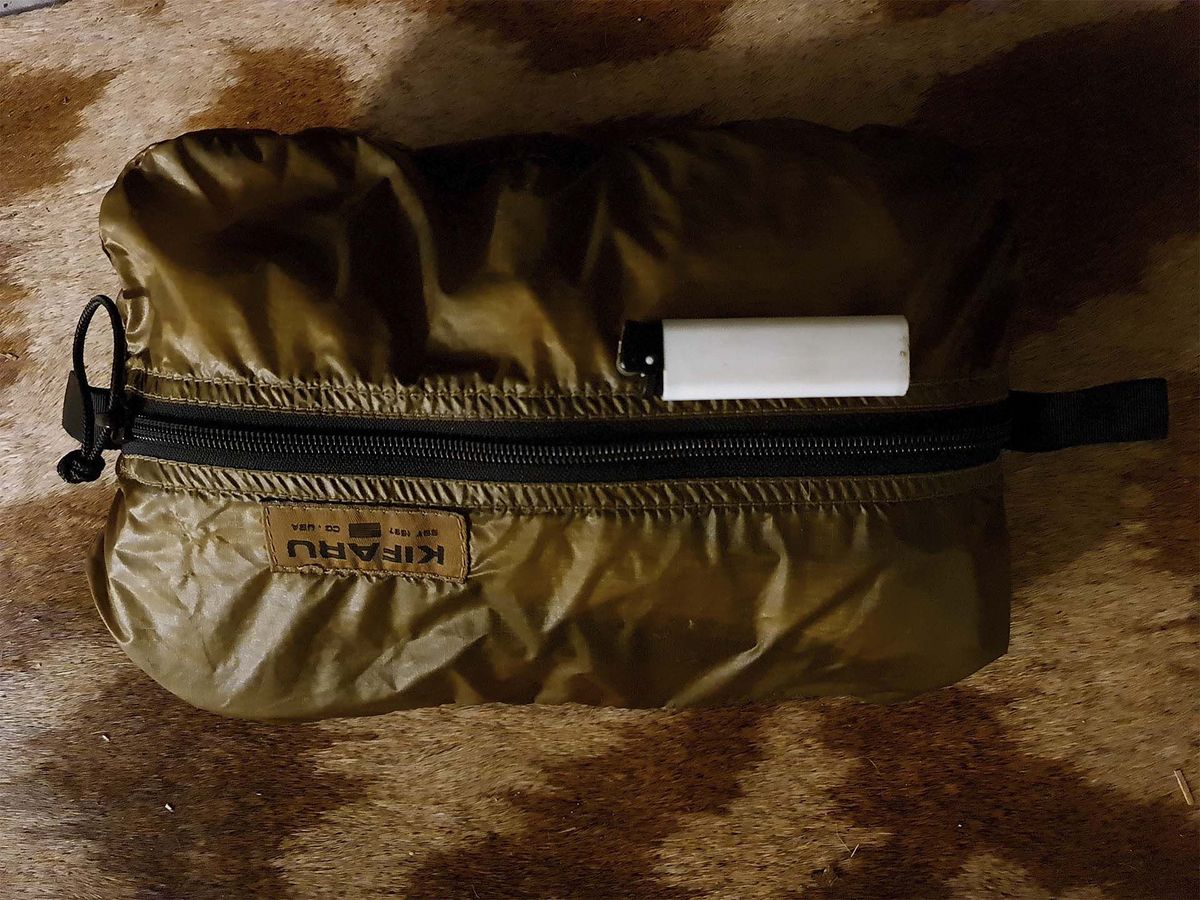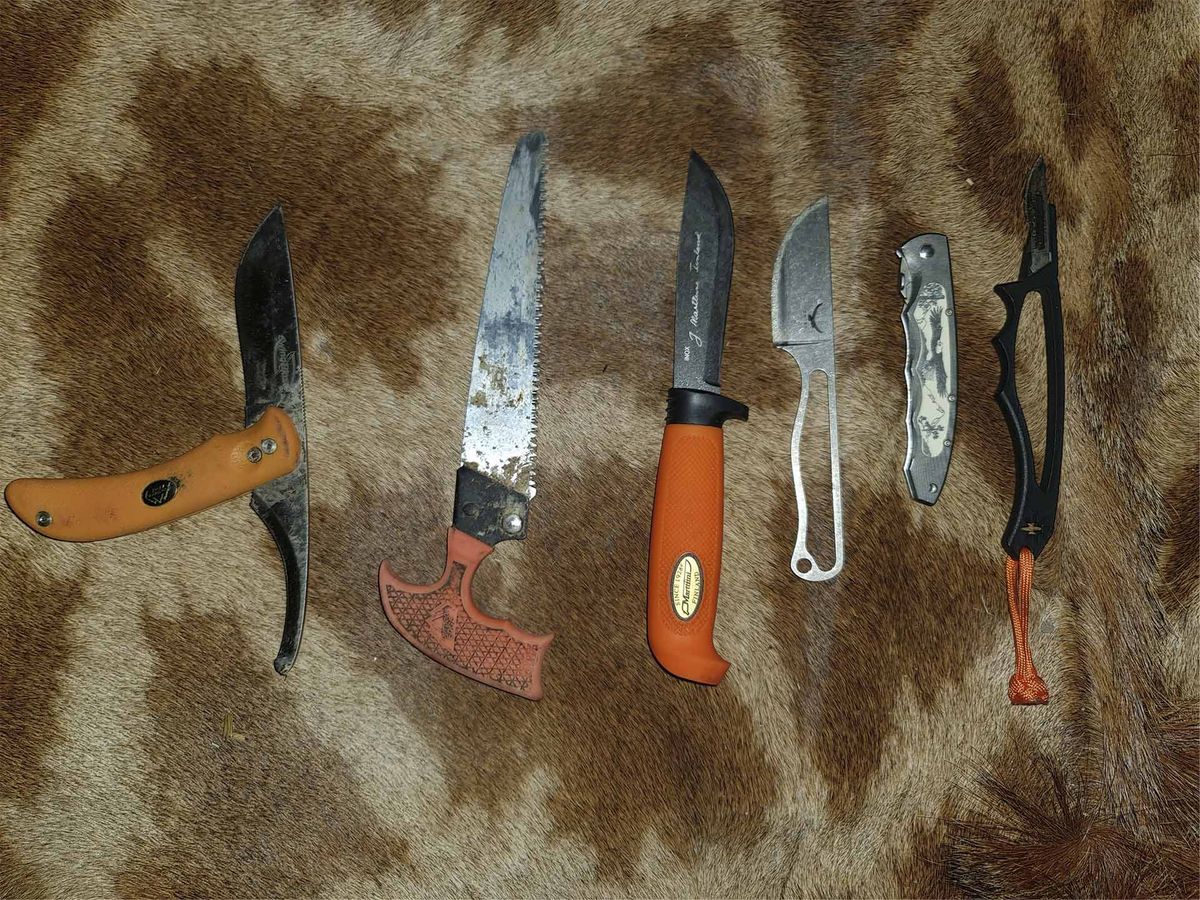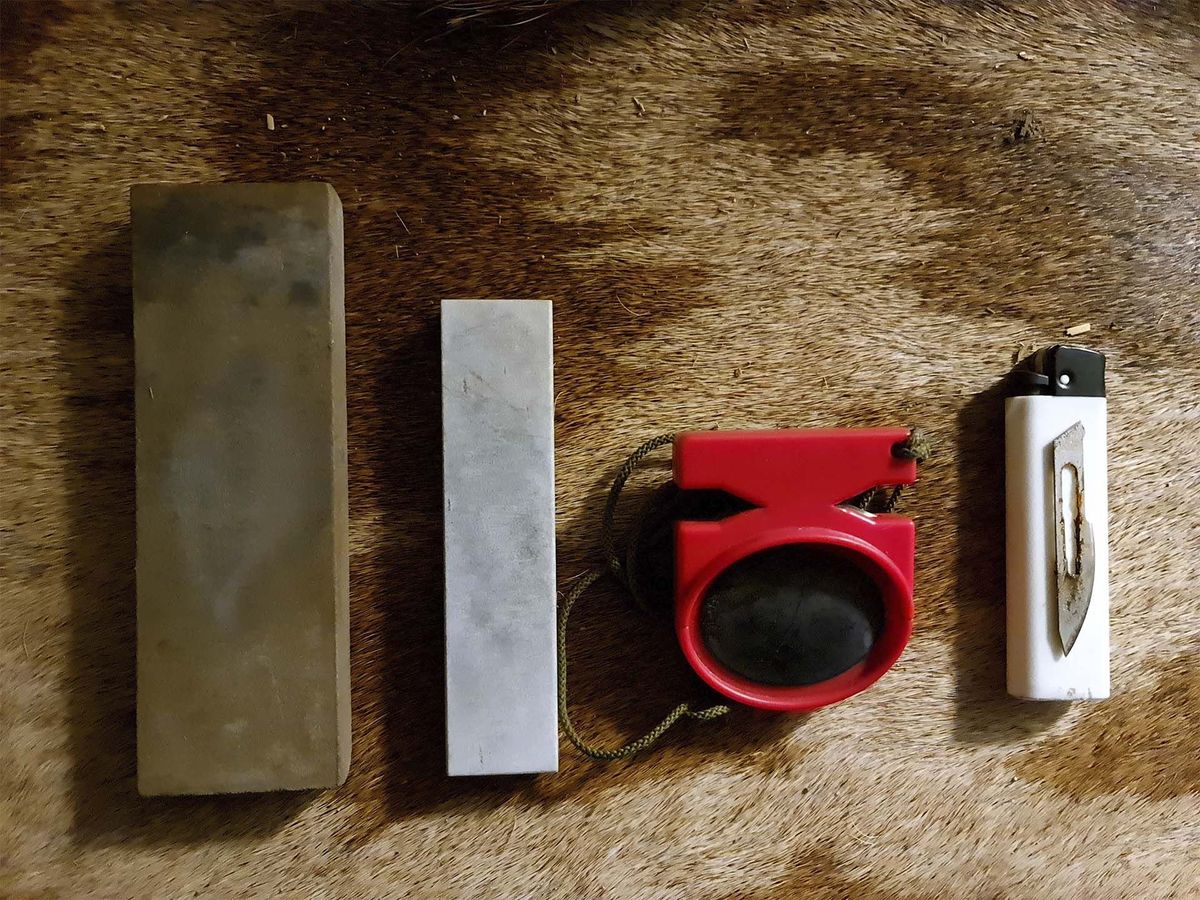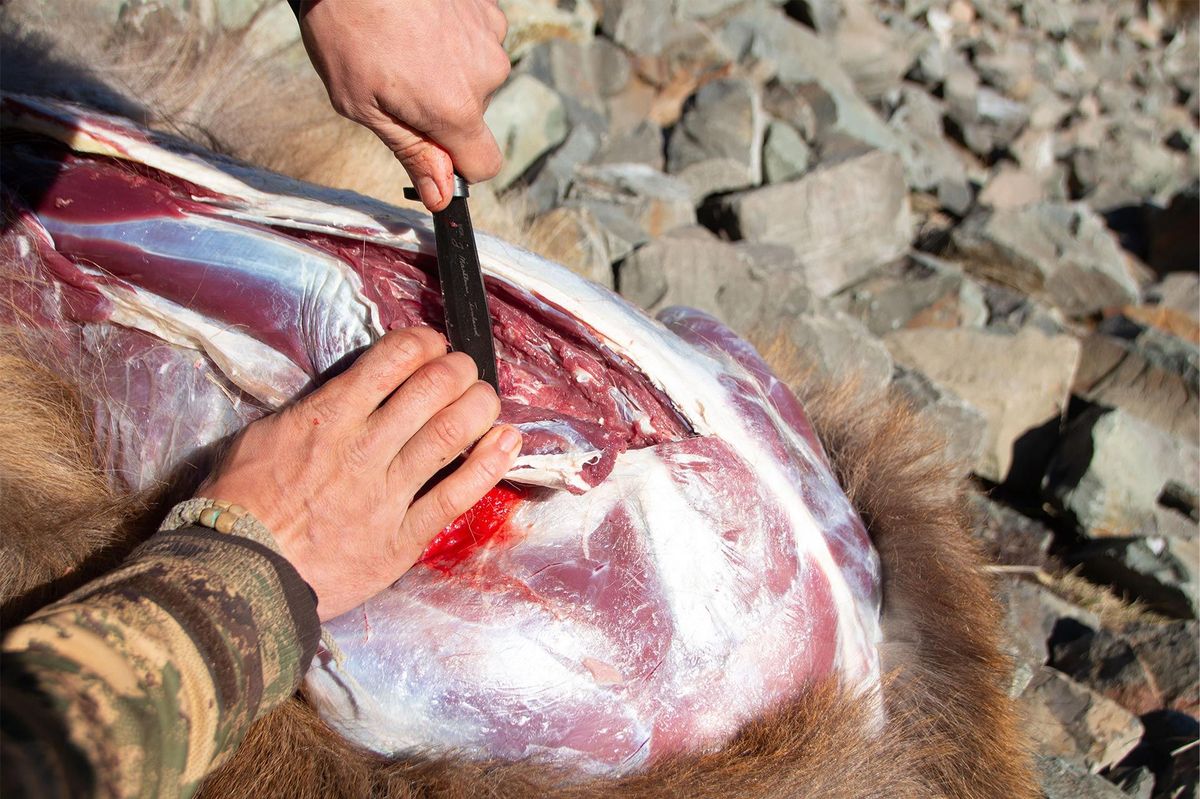Stalking
Building the perfect field dressing kit
When heading out for a wilderness hunt, it's practical to bring a field dressing kit, also called a kill kit, with you. But what should you put in it, and what kind of knife is preferable to bring with you?
A field dressing kit, or more popularly, a kill kit, is essentially a small pullout bag that holds everything you need to take apart an animal in the field and pack it. What the kit holds can vary a lot from person to person. Some things will change in accordance to the kind of hunt you are doing, others will just be a matter of personal preference.
The kill kit bag
Any lightweight pullout bag will do. The only essential thing is that it must be able to hold all your stuff. As it will spend most of its time in the bottom of your pack, it doesn’t need to be super tough.

One thing I do like is if either the whole bag or part of it is in bright colors, it'll make it easier to find if you end up field dressing in the dark. Depending on where you will keep your kill kit, and what you have in it, it may be a good idea for the bag to be waterproof as well.

Knifes
When choosing what knife to bring in your kill kit, there are a few ways to go. I made the switch a few years ago from fixed blade knifes to replaceable blade knives.
By doing this, I saved a lot of weight, but more importantly, I now always have a super sharp knife with me as the replaceable blade knives use surgical blades. I have never had a knife that was remotely as sharp as a surgical blade can be.
I started with a folding version of a replaceable blade knife but went away from this as too much dirt and fat would collect in all the small corners. One thing you will have to get used to when using a replaceable blade knife – besides handling the razor-sharp blade – is that you cannot force bones apart and stuff like that with such a knife. If you try this, you will only end up with broken blades.
The fixed blade knifes are in no way obsolete. A fixed blade knife is a more versatile knife that can be used for a lot of different tasks. And for the longer trips I still bring one for splitting firewood and other camp chores. It also has a beefier grip and a thicker blade that can take a lot more beating than a replaceable blade knife.

Sharpener
Butchering an animal with a dull knife is absolutely no fun. With a replaceable blade knife, it’s easy: just make sure to bring extra blades.
One blade is normally enough for one animal, but you do run the risk of breaking your blade, so bring more. I normally bring between 5-10 blades.
Fixed blades, on the other hand, need continual sharpening. You have the choice of sharpening them with a traditional sharpening stone. It takes a bit of time to learn, but you can get a fixed blade knife super sharp using a sharpening stone.
The problem is that a traditional sharpening stone weighs quite a bit, and it really takes some time to sharpen a knife with it. Instead, you can just bring a small sharpening tool – it’s easy to use, fast, and it weighs next to nothing.

Game bag
I started out using old-school cotton game bags. They work, but they are heavy, bulky, and can be hard to get properly clean. So, quickly I started looking elsewhere for game bags.
The good thing is that nowadays, you don’t need to use the big cotton bags, as more and more companies are making modern synthetic game bags. They are lighter and more hygienic than traditional cotton bags.
The first thing you’ll have to think about when you start looking for game bags is if you are deboning the game meat or carrying out quarters with the bone still in them, this will mean two different sizes and shapes of bags. Then you need to start looking at the game you are after in regard to how big and how many bags you need. If you are carrying out deboned meat, get a long narrow bag. It’s a lot easier to get a narrow bag to sit well in your pack than a big one where everything will slowly sag to the bottom.
Another option is simply to bring freezer bags. They are cheap and easy, you can find them anywhere, and your meat is already packed when you get back to the civilized world. The downside is that they have no breathability. If the bag can breathe, the meat cools much faster and is allowed to dry. That prevents the meat from going bad before you reach civilization again.
Cord
On my hunts in Greenland, where there are no trees, I would never bring cord. But if you are in a place with trees, a piece a paracord or likewise enables you to hang meat from a branch. This will make the meat cool quicker and keep it out of reach of any predatory animals.

Tarp
A tarp, which is basically just a plastic sheet, can be a really nice thing to bring along for keeping the meat clean. Personally, I bring a Tyvek sheet that I normally use as a ground sheet for my shelter. It takes up no space and weighs nothing, plus it’s dirt cheap.
*Just a small note, though: If you debone on your tarp, don’t use your expensive tarp as you may by accident make a cut in it.
Hygiene
Plastic gloves are a good way to keep bacteria off your hands where there may be a small cut that can get infected. Wet wipes also work well for cleaning hands and knifes after the job is done.
Personally, I don’t bring either of them. If that’s clever of me or not, I don’t know. But so far, it has left me with dirty pants as I use them for wiping off my hands and knife.

Miscellaneous
As mentioned earlier, a piece of cord can come in handy from time to time. Apart from hanging up meat in a tree to keep it out of reach of other animals and cooling it down faster, you can use cord to tie an animal to a bush on a steep mountain side or to keep it from rolling downhill when you are field dressing it.
If you hunt in a place where you need to tag the animal as you are carrying it out, some zip ties will make sure the tags don’t come off as you handle and carry the animal back to the civilized world.
Finally, although not a part of your kill kit per se, a first aid kit is good to have with you when you are field dressing an animal. Personally, I always bring a bit of super glue for the small cuts, this work well for closing a smaller wound and then you don’t need to work with a bandage on your finger.
//Written in corporation with Philip von Arenstorff who, after having served in the Royal Danish Army, has worked with outfitters from the North Atlantic to Africa. He is a steady contributor to several Danish hunting magazines.//